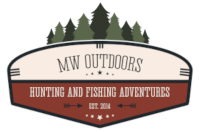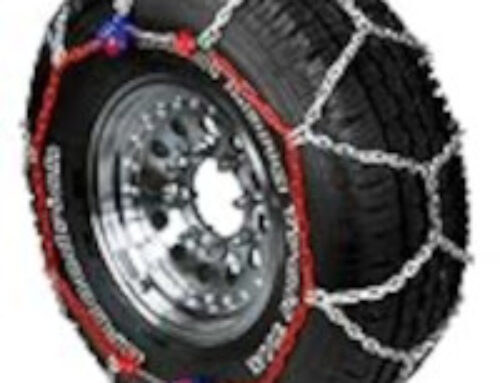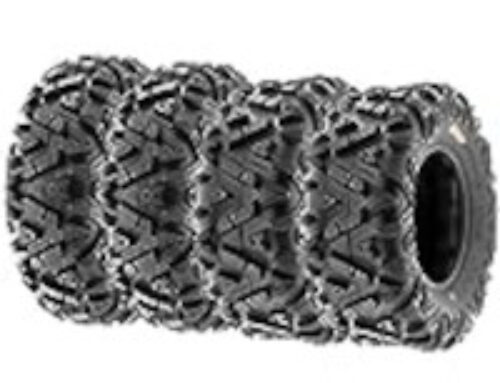Is The Second Rut As Good
The second Rut is very different then the first, but how, why, and when is it? It is also more predictable, more area concentrated, and has less pressure than the first rut. During the second rut the deer will share bedding areas, feeding areas, and limit themselves to fewer trails.
When Does The Second Rut Occur
The second rut occurs 26 to 28 days after the peak of the first rut, which here in the MId-West (2015) came into full swing the week of Nov 16. So the Second Rut will occur by the week of Dec 14th.
Why Is There a Second Rut
During the first rut a majority of the Doe(s) will get bred, but not all of them, why? One, there may be too many Doe(s) in the area for the dominate bucks to breed during the first estrus cycle and two, you will have a small population of the first year female fawns that will come into their first estrus cycle during the second rut. However, due to a smaller population of Doe(s) coming into an Estrus Cycle there will be fewer Dominant Bucks chasing them. So depending on the feeding, bedding, and cover in your hunting area it will either make the second rut more difficult or much easier then the first rut was.
How Is The Second Rut Different
Here are a few of the differences in the Second Rut; Food sources, deep snow, colder weather, fewer Doe(s) in the estrus cycle, fewer bucks chasing, heavy feeding, herd gathering, and fewer hunters. Lets take a brief look at a few of these.
Food Sources- With the corps harvested and the ground frozen and covered by snow it’s more difficult for the deer to find dropped grain in the fields. This requires the deer to change their patterns and moved to the woods and thicker cover. Food sources such as acorns, twigs, buds, and woody plants now play a major role in the deer’s behavior, especially for dominate bucks who must feed heavily in preparation for winter.
Deep Snow- The deep snow will force the deer to change their travel patterns and corridors between bedding,feeding, and water sources. You will find the Deer will be more concentrated in smaller areas, using fewer trails.
Colder Weather- Winter weather will; freezer over ponds taking many of the water sources away, push the deer into herding, and eliminate hunters that do not enjoy hunting in cold temperatures.
How To Hunt The Second Rut
To hunt the second rut you must fist understand how the deer have changed their patterns. The best hunting areas are those that hold more doe(s) than bucks, has open water sources along it’s travel corridor, has thick cover, provides a good canopy from snow, and has the essential food sources.
Therefore, do not focus on the buck signs (scrapes & rubs) or Fall travel corridors, but focus on protective cover, food (buds, twigs, woody plants) sources, open water sources, and snow trails. Since the snow is typically a few feet deep by now the deer have minimized their traveling and started to herd up in order to reduce energy loss.
During the second rut, un-bred doe(s) and a few of the first year fawns will enter the Estrus Cycle. This forces the older bucks, that still have the energy, to begin the chase again. So using a good Estrus based scent will work well during this time.
If the deer are herded up look for fields that are protected well by woods and thick cover as these are good places for deer herds to feed. But unless you are hunting the Black Powder Season you will need to find where their main trails are for entering and exiting to set up for a closer shot.
The Hunt Depends On The Area
Depending on the area you are hunting and whether it has the essentials mentioned above the second rut can be incredible. However, if you do not have these essentials look for another area to hunt as you do not want to spend hours in your stand and not see action. One of the best things I have found is to look for a herd or congregating area and set up on the main trails entering the field.
Why do Deer herd? They will herd to limit energy loss and to share trails to food sources, cover, and for escaping danger. Once you find such an area it should not take long before you are presented your first shot.
How To Choose The Right Tree For Your Stand
As mentioned earlier the Deer change patterns in the Winter so you will need to find the Winter trials and locate a tree to place your stand in.
To find the perfect tree there are several things to consider such as; wind direction, stand height, natural cover (camouflage), and entering & exiting. So once you have found the area the deer are moving through take your time and look at every possible tree. Here are the type of trees I like to consider; one that forks at the height I like to be at, one that has two trunks that you can place your stand between, one that has natural cover/leaves to camouflage you, one that has three trunks that you can place your stand within. The last two examples mentioned are the type of trees I prefer and find most successful in eluding the deer’s vision.










